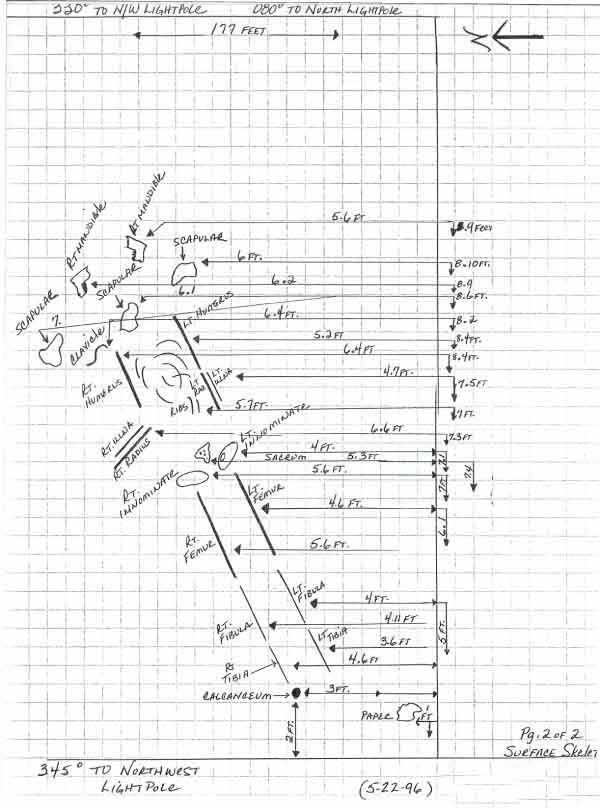Archival Notice
This is an archive page that is no longer being updated. It may contain outdated information and links may no longer function as originally intended.
Home | Glossary | Resources | Help | Contact Us | Course Map
Documentation of the scene begins with the first responder. Police officers are taught the importance of taking notes from the time of arrival. The crime scene investigator documents the scene in the form of still and video photography. Sketches are completed at the scene to illustrate relationships between articles of evidence not easily depicted by photography. The following methods of crime scene documentation are used to provide an accurate representation of the scene.
|
Methods of Crime Scene Documentation |
|
|
Type of Documentation |
Guidelines |
|
Note Taking |
It is important that the responding officers note the condition of the scene as it existed upon their arrival. Note taking should be continuously updated during the course of the investigation. Investigator's notes might include such factors as:
|
|
Photography and Videography |
The primary means of crime scene documentation is still photography. Police officers should have an understanding of the importance of keeping the scene preserved, and not moving anything until it is photographed. The photographer must be able to testify that the photograph is a true and accurate representation of the scene at the time the photograph was taken. Crime scene photographs should reveal a detailed, chronological story of the scene. |
|
Sketching |
Photographs may not always depict spatial relationships between objects; sketches are used to supplement photographs. Sketches can more easily depict the overall layout of the scene and the relationships between objects. Investigators usually complete hand-drawn, rough sketches while at the crime scene. These sketches contain all the necessary information for the investigator to subsequently complete a finalized version. |
For courtroom presentation, hand drawn sketches may be converted using computerized programs such as computer aided design (CAD), which provide a dynamic, professional appearance.
Types of sketches may include:
- Entire Scene - the complete scene with measurements
- Bird's-eye View – an overhead view of the scene
- Elevation Sketch
- Cross Projection Sketch
- Three Dimensional Sketch
Additional Online Courses
- What Every First Responding Officer Should Know About DNA Evidence
- Collecting DNA Evidence at Property Crime Scenes
- DNA – A Prosecutor’s Practice Notebook
- Crime Scene and DNA Basics
- Laboratory Safety Programs
- DNA Amplification
- Population Genetics and Statistics
- Non-STR DNA Markers: SNPs, Y-STRs, LCN and mtDNA
- Firearms Examiner Training
- Forensic DNA Education for Law Enforcement Decisionmakers
- What Every Investigator and Evidence Technician Should Know About DNA Evidence
- Principles of Forensic DNA for Officers of the Court
- Law 101: Legal Guide for the Forensic Expert
- Laboratory Orientation and Testing of Body Fluids and Tissues
- DNA Extraction and Quantitation
- STR Data Analysis and Interpretation
- Communication Skills, Report Writing, and Courtroom Testimony
- Español for Law Enforcement
- Amplified DNA Product Separation for Forensic Analysts




